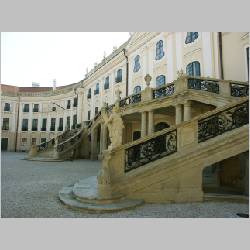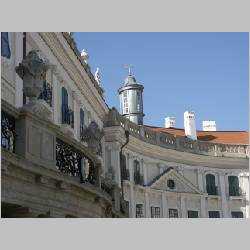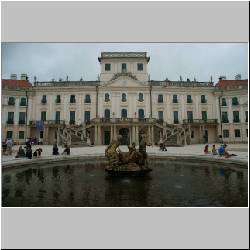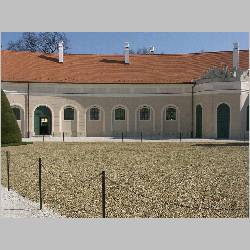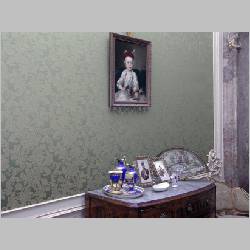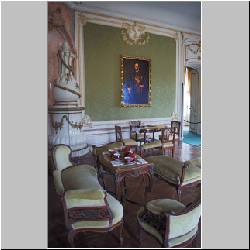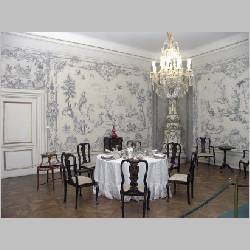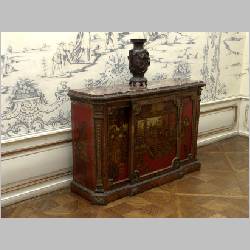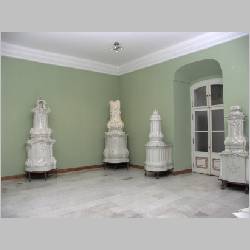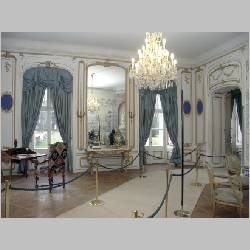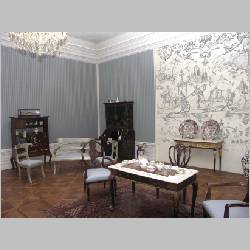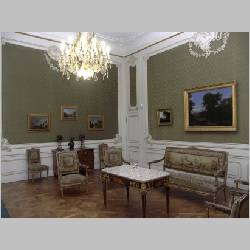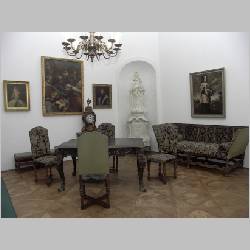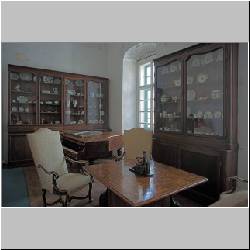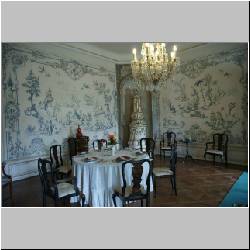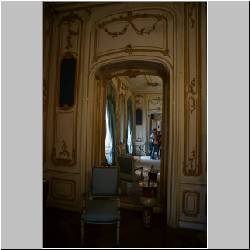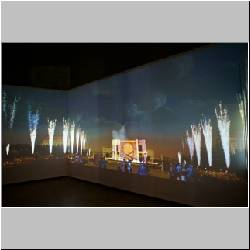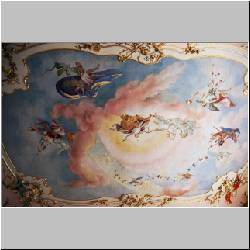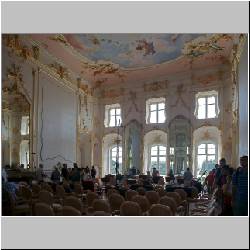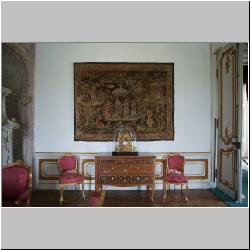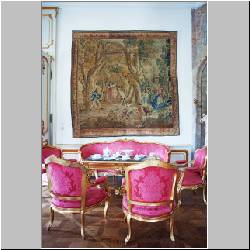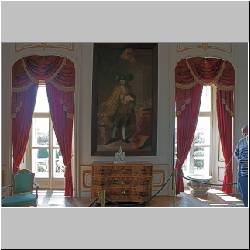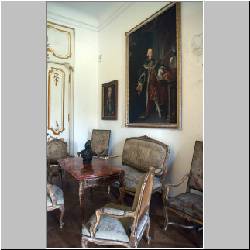Apart from the Baroque theatre, the building complex of this resplendent palace has remained intact. Much of the exhibitions in the museum housed here conjure up the building's heyday under Miklós Esterházy Fényes (1762-1790). Rich gold-plated halls, period wall paintings, lacquer plates brought from China, 18th-century furniture with embroidered upholstery and porcelain display the fashion of the period, befitting of a Baroque-Rococo princely court. The great Austrian composer Joseph Haydn lived and worked here for nearly half of his active period, namely from 1766 until 1790. An exhibition and a room in the palace commemorates him, while concerts held in summers.
Back to the Main Page
Contact: [email protected]
Copying, duplicating or distributing pictures connected this site are forbidden without written permission of Ivan Szedo!
Equipment: Konica-Minolta A200 digital camera.

